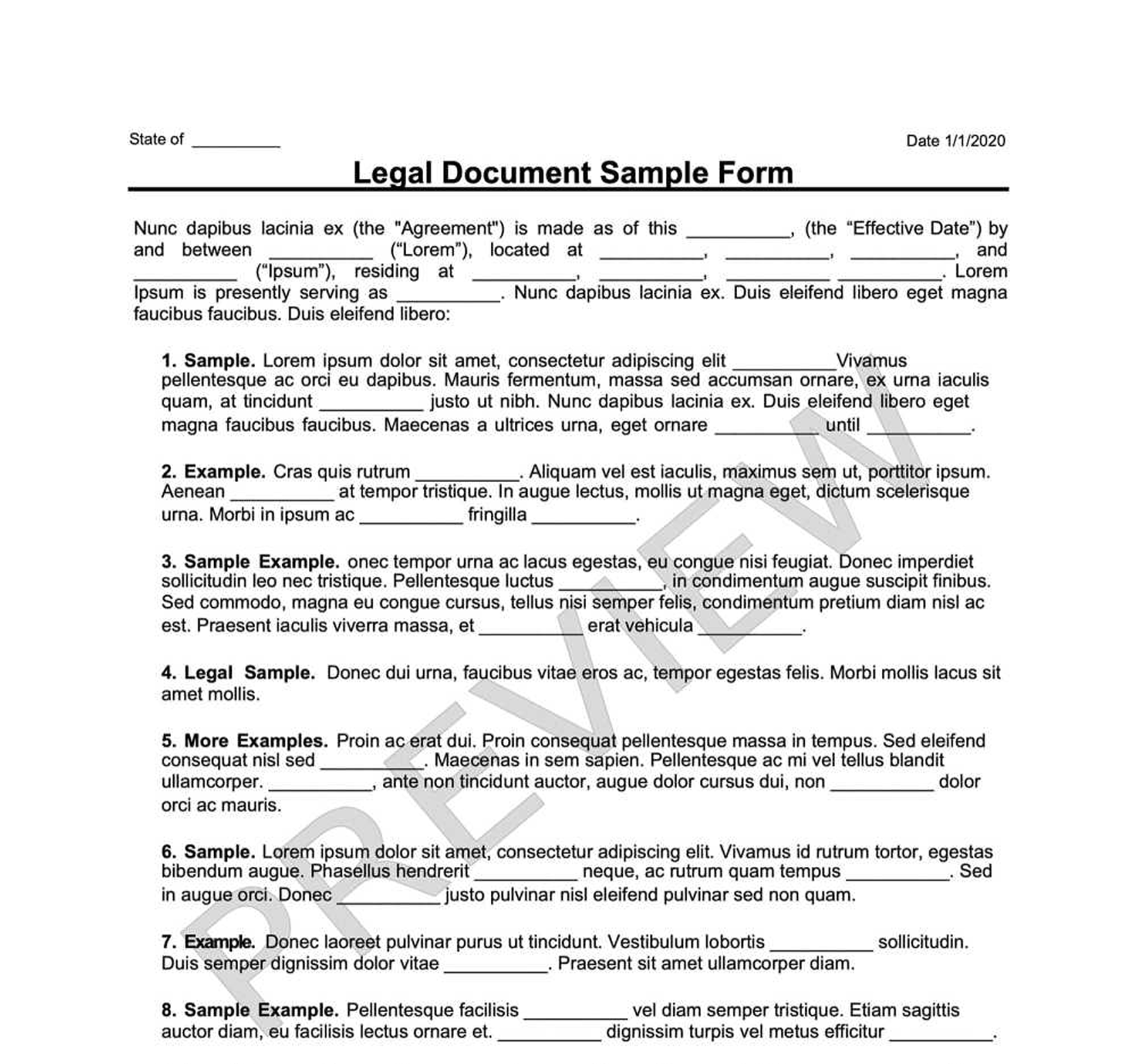Social Media Policy
A company’s Social Media Policy regulates its employees' behavior on the web when using the personal profiles or the company's official social media accounts.

How it Works
Build your selected document.
Answer a few simple questions with step-by-step instructions.
Print & download forms instantly. Sign & make it legal.
What Is a Social Media Policy?
Employees are often not aware of the harm they can cause to the company's image with their posts on social networks.
When instituted, a company's Social Media Policy regulates its employees' behavior not only for how they use their private profiles, but also the management of the company's social media accounts (if applicable).
What Is a Social Media Policy?
A company's Social Media Policy sets the rules for employee behavior on the web and manages the company's social media accounts.
Other Names for a Social Media Policy
Depending on the context and industry, the Social Media Policy may also be known as:
-
Social Media Policy Guidelines
-
Social Media Guidelines
-
Use of Social Media
-
Social Networking Policy
-
Web 2.0/Gov 2.0 Policy
Who Needs a Social Media Policy
Any company with a presence on social networks would make sense to set guidelines for its employees.
The Social Media Policy protects the company's social media accounts in the form of rules and best practices the employee(s) managing those accounts need to follow.
Your Social Media Policy may also regulate how your employees behave on Facebook, Instagram, and other social networks. For one, they may need to preserve the image of the company by not posting anything unbecoming.
Why Use Swyft Forms for Your Social Media Policy
Customized for you, by you
Create your own documents by answering our easy-to-understand questionnaires to get exactly what you need out of your Social Media Policy.
Specific to Your Jurisdiction
Laws vary by location. Each document on Swyft Forms is customized for your state.
How to Create a Social Media Policy with Swyft Forms
Defining your company's Social Media Policy has to be done carefully, but you don't have to create one from scratch. Not when you can generate the document in a couple of minutes by filling out an online form.
Let Swyft Forms help with our extensive library of attorney-vetted legal forms. The process is fast and easy. All you have to do is fill out our easy-to-understand questionnaire. Once complete, simply download your form as a PDF or Word document from your secure online account.
What Information Will I Need to Create My Social Media Policy?
To create your document, please provide:
-
Name of the company: This may include the industry and legal structure of the company.
-
Permission for online activities: The name and position of the person who will give permission.
-
Employee handbook: Choose if the company has one.
-
Social media inquiries: The department at which social media inquiries and requests should be directed.
-
Social Media Policy contact: The contact of the person or department responsible for this policy.
-
Employee as a social media manager: The name and position of the employee who manages social media profiles on behalf of the company?
-
Social media contacts ownership: Indicate if social media contacts belong to the company or the responsible employee.
Social Media Policy Terms
-
Employee handbook: The company policy manual given to every employee at onboarding. It outlines company-specific information, including social media guidelines.
-
Social media image: The portrayal or appearance of a company on social media.
-
Employee acknowledgment: Defines if employees are required to sign an acknowledgment of the company's Social Media Policy.
Social Media Policy Signing Requirements
An authorized company representative can sign the document, but it is not required. If employee acknowledgment is needed, each employee will sign to confirm they have reviewed the Social Media Policy.
What to Do with Your Social Media Policy
After creating the Social Media Policy, it should be reviewed for accuracy.
The policy should then be distributed to all employees, which can be achieved via email or physical copy distribution. If employee acknowledgments are required, all employees will sign and return a copy of the document.
The company would keep a copy of the Social Media Policy in their records. This document doesn't need to be notarized.
Other Names for Social Media Policy
- Social Media Policy Form
- Social Media Policy Document
- Social Media Policy Agreement
- Social Media Policy Contract
- Social Media Policy Template
- Social Media Policy Checklist
Who Needs a Social Media Policy?
Why Use Swyft Forms for Your Social Media Policy
Customized for you, by you
Specific to Your Jurisdiction
Why choose Swyft Forms?
Create professional documents for thousands of purposes.
Make unlimited documents and revisions.
Our documents are vetted by lawyers and are applicable to all 50 states.
